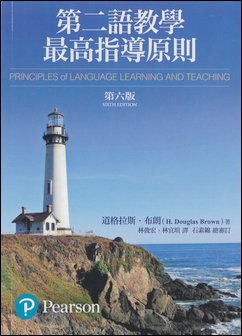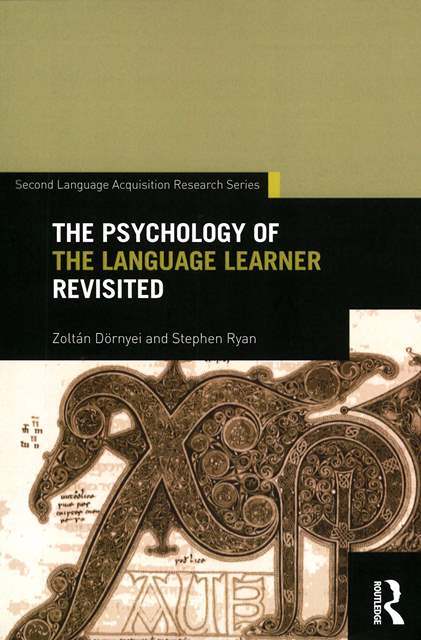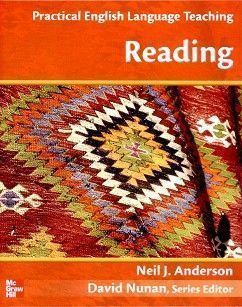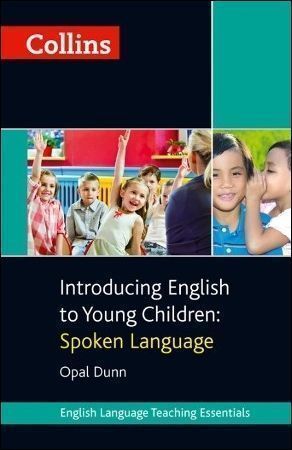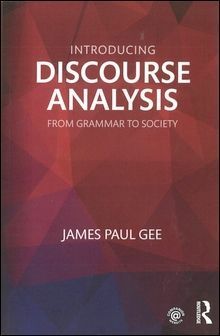書籍分類
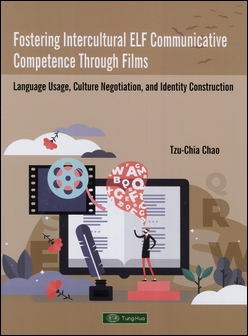
Fostering Intercultural ELF Communicative Competence Through Films:Language Usage, Culture Negotiation, and Identity Construction
作者:Tzu-Chia Chao
原價:NT$ 480
ISBN:9789865522131
版次:1
年份:2020
出版商:Tung Hua Book Co., Ltd.
頁數/規格:112頁/平裝單色
版次:1
年份:2020
出版商:Tung Hua Book Co., Ltd.
頁數/規格:112頁/平裝單色
內容介紹
- Introduction
Since World War II, research concerning intercultural or cross-cultural communication has been increasing. Most studies along this line have been considerably influenced by the work of Hall (1959, 1976) and Hofstede (1994). However, the shortcomings of this field, such as less attention to language (Baker, 2015) and the problematic definition of culture (Holliday, 2011, 2013), have raised growing debates. The main criticism goes to the neglect of languages, cultures, and identities constructed and enacted in intercultural communication (Kumaravadivelu, 2008; Pennycook, 2007). In the field of applied linguistics, many scholars have sensed changes and trends recently. Some international conferences (e.g., the annual International Conference of English as a Lingua Franca held by AILA) and journals (e.g., Journal of English as a Lingua Franca; Language and Intercultural Communication) have somewhat addressed the importance of those thriving themes, such as exploring culture and identity in intercultural communication through English as a lingua franca (ELF).
With technological advances and the accelerated pace of international mobility, a revolution in the contexts and contents of intercultural English communication has been happening. Nowadays, intercultural communication through ELF is like a process of negotiating meaning, cultural identities, and the diversity among self and others—different from traditional perspectives that English is closely linked to American and British (Anglophone) cultures, or ELF is used as a culturally and identity neutral form of communication. When ELF is used in a globalized world, variability, heterogeneity, and uncertainty become very common during intercultural interaction.
Within the context of globalization, English has played a prestigious role in Taiwan, and English learning has become an island-wide activity. Recent studies also report that people in Taiwan with fluent English abilities can advance their socioeconomic status or obtain higher achievements (Chen, 2013; Tsai, 2010). However, the multilingual and multicultural nature of ELF communication has not been really reflected in local English language teaching (ELT), where native models of English and Anglophone cultures are still largely embedded (Chang, 2014; Chao, 2013). According to my years’ experiences, observations, and studies, the intercultural dimension of ELT in Taiwan’s higher education plays no significant role, the concept of culture is often knowledge oriented, and connected to national identity (Chao, 2015, 2016). Many local English teachers use a native model of language and culture teaching. Sometimes, they use an intuitive approach to enrich their classroom teaching. For example, they draw on their experiences from travels and studying abroad. As we know, these approaches are not enough to prepare students to be effective intercultural ELF users. In order to effectively integrate intercultural education into ELT, teachers should advance their knowledge and skills from education or professional development within the intercultural field. Instead of only introducing target cultural knowledge of native-speaking countries and asking students to be like a native speaker, language teachers should know how to help English learners and ELF users effectively communicate with people of different linguistic and cultural backgrounds.
Intercultural ELF communication entails a complicated interplay of language use, culture negotiation, and identities building; for this reason, the traditional objectives, materials, and approaches of English education should be revisited and revised to integrate intercultural perspectives. Thus far, several intercultural books related to English (foreign) language education have been published in England, the United States, and European countries, but few have been written by teachers or researchers in Asian countries. This book has thus been written based on my decade’s worth of experience in intercultural English teaching and research in Taiwan, particularly focusing on the application of film to intercultural ELF education.
Because films include natural and contextualized examples of intercultural English communication, they are useful resources for English teachers in intercultural education. In addition, the medium of film vividly illustrates a sensation of the lives of diverse people and conveys a huge amount of cultural information, such as values, beliefs, and action strategies. It is a useful resource for helping language learners understand the sociocultural features of target groups, societies, and communities; it helps learners examine verbal and nonverbal behaviors and develop intercultural competence (Hinkel, 2001; Kaiser, 2011). In particular, the richness of film can bring a more realistic intercultural dimension to classroom settings in a way that reflects the complexity and variety of cultures and English use in global contexts (Chamberlin-Quinlisk, 2012). Through multisensory inputs from films, language learners are motivated to practice the diverse forms of target languages, acquire cultural knowledge, and obtain intercultural experience (Roell, 2010; Truong & Tran, 2014). With appropriate guidance, the critical analysis of films can also engage language learners with various issues pertaining to language, race, culture, identity, and power that can stimulate their further reflection, awareness, and growth (Chao, 2013; Pegrum, 2008; Turner, 2006).
The purpose of this book is to describe how to use films as an instructional tool in English as a foreign language (EFL) context to promote intercultural ELF learning, paying particular attention to the interplay of languages, cultures, and identities in intercultural dialogues and behaviors in target films. It is hoped that English learners can speed up their process of internationalization and reduce pitfalls during intercultural contact through a film-based intercultural communication course proposed in this book.
This book is divided into five chapters. Chapter 1 presents a Self-Assessment Inventory of ICC in ELT for EFL Teachers (Chao, 2015, 2016), which helps EFL teachers explore their potential intercultural communication competence (ICC) qualifications in ELT. Language teachers can use this inventory to reflect on if they are ready for being ELF and ICC teachers who can effectively implement intercultural education or integrate intercultural learning into their English courses.
Chapter 2 indicates the main concepts and terminologies to be used throughout this book, such as ELF, culture, identity, and intercultural communication. Chapter 3 clearly shows how to use films as an instructional tool in intercultural ELF education to help university English learners reflect on various dimensions of intercultural interaction, such as observing attitudes and strategies of using ELF in intercultural communication, analyzing cultural behaviors behind English and exploring the development of cultural identities. The theories and practices of four analytical approaches used in a film-based IC course are introduced. Moreover, many selected discourses of intercultural communication from a range of films are included for reflection and discussion.
Chapter 4 shows the results of university students’ intercultural learning through film, mainly based on two studies conducted by the author in 2010 and 2015. Students’ reflection, awareness, and growth are demonstrated through qualitative and quantitative data, including diaries, group interviews, and an intercultural competence scale (Chao, 2014). Chapter 5 presents the conclusion of this book. Recommendations concerning intercultural ELF education or relevant studies are proposed here for further investigation.
Writing an academic book in English is a challenging and laborious job, but different voices should be heard in the international academic platform. As a non-native English user and teacher, I feel proud of sharing my perspectives of and practices in intercultural ELF education with English teachers all over the world. I believe this book will be essential reading for English teachers, educators, and researchers interested in employing film as an instructional tool for intercultural ELF teaching and learning. Hopefully, this book can make intercultural education in ELT accessible in practical and interesting ways.



